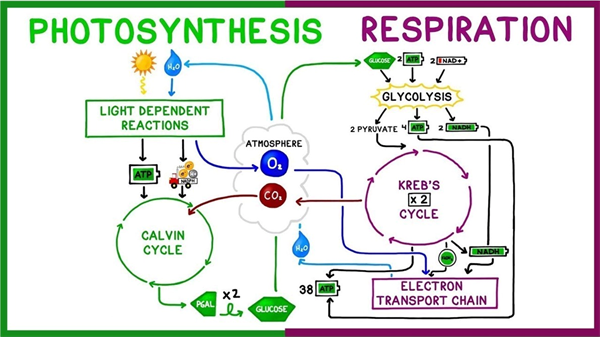-
Aug 21, 2024Diamondback Moth in the Desert – Like a Box a Chocolates
Insects are notorious for hitching a ride on the winds associated with the remnants of hurricanes and tropical storms originating from Baja and Sonora, Mexico. As the storms dissipate upon arriving in the desert, they tend to “release” the flying pests onto our fall crops. The Diamondback Moth (DBM) is a good example. Following the DBM outbreaks during the 2016-2017 season, we established over 50 pheromone traps from Texas Hill to San Luis to monitor year-round DBM activity over a three-year period. The most important thing we learned from that study was that trap catches during the summer months in all three years showed that DBM were non-existent in the desert during July and August due to the unavailability of suitable brassica host plants. In essence, the populations become “extinct” during this two-month window when Cole crops and brassica weeds are absent. Thus, DBM disappear in the summer, only to reappear in the fall on transplanted and direct-seeded cauliflower, cabbage and broccoli. We observed that sharp increases in areawide moth trap captures in late October occurred following the remnants of Hurricane Rosa (Sep 30), and in again 2019 following remnants of Hurricane Lorena (Sept 24). Shortly thereafter, PCAs began reporting DBM larvae appearing on seedling stands and newly transplanted crops throughout Yuma. This strongly supports our contention that these DBM populations migrated into the area on these storms.
Of course, we know from firsthand experience that DBM will come into the desert from transplants produced in CA coastal growing areas where DBM are active year-round. In the fall of 2020, monsoon activity was negligible in Yuma and no tropical storms/hurricanes were reported in the region. Yet DBM showed up again. Accordingly, we only observed significant DBM activity adult in areawide traps adjacent to transplanted cauliflower and cabbage fields in mid-September further suggesting that transplants certainly play an important role in annual reinfestation of fall Cole crops.
Bottom line: DBM are like a box of chocolates: “You never know what you’re going to get”. Do not become complacent. Because DBM populations disappear from the desert each summer and reappear on fall crops from outside sources, we never really know where they originate from, when they will show up, how abundant fall populations will be, or how susceptible to insecticides they are. This has become important lately with consistent reports of difficulty controlling DBM with diamides in coastal CA regions. Locally based on last year’s efficacy trials against DBM populations at YAC, all standard products ( Radiant, Proclaim, Coragen, Harvanta, Exirel, Verimark, and Xentari) were effective against the pest. But you never know what kind of DBM population will migrate into the desert this fall. So be vigilant in scouting and follow IPM guidelines for DBM management. For more information see: To contact John Palumbo go to: jpalumbo@ag.Arizona.edu
To contact John Palumbo go to: jpalumbo@ag.Arizona.edu










